Published in the La Vernia News on July 10, 2014
MAKING HISTORY FOR THE PAST 99 YEARS
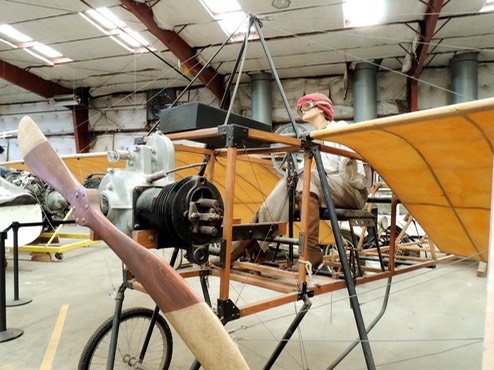
Stinson Municipal Airport, known by most as Stinson Field, is located six miles southeast of downtown San Antonio. It has a very special place in our hearts; this is where Harry and I met in 1961 while we were both cadets in the Civil Air Patrol (CAP).
Actually, Harry’s memories go back to the mid 1950s when his Dad hangared his small single-engine Ercoupe at Hangar One. Harry spent many hours at Stinson, especially during the summer, washing the plane and cleaning the hangar, but mostly he was watching the skies with dreams of flying.
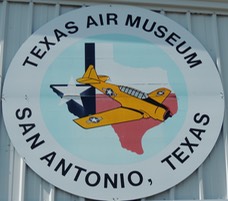
Getting Off The Ground
The airport was established in 1915 and has the distinction of being the second oldest general aviation airport in continuous operation in the United States. It all started when Marjorie, Katherine, and Eddie Stinson, three siblings with a passion for flying, started the Stinson School of Flying. Katherine Stinson learned to fly in 1912 at the age of 21, and became famous for precision acrobatics and skywriting. The City of San Antonio leased to the Stinson family 500 acres of land southeast of the city close to the San Antonio River for an annual payment of $5.00. Their flight school was opened and Stinson Field was born. Their role in aviation history had an enormous impact on our society – progress of flight began here.
Everyday Journeys
Harry and Linda Kaye Perez
Marjorie and Katherine trained over 80 American and Canadian pilots to fly in World War I. Eddie went on to design and manufacture airplanes. The U.S. involvement in this war imposed a ban on civilian flying, marking the end of the Stinson School of Flying. Katherine volunteered to fly in the war, but was denied – pilots had to be men. With the end of WWI in 1918, the City of San Antonio assumed control of the operation of the airfield. In the early 1930s, commercial airline flights began at Stinson and remained the only airport for commercial operations in San Antonio for many years.
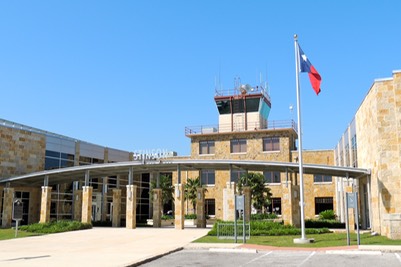
Flying High
During World War II, the U.S. Army Air Corps used Stinson as a training base and constructed over 100 hangar-type buildings, some of which are still standing. After WWII, all heavy commercial flights and airline operations moved to the new San Antonio International Airport; Stinson was returned to the City of San Antonio; and the airport began catering to private pilots, light commercial operations, and civilian aviation. Stinson Field was also the base of operations for many CAP search and rescue missions in the 1960s and 1970s.
High Flyers
Stinson has seen its share of aviation superstars. Among the more famous pilots that have landed on the runways of this airport include Eddie Rickenbacker, WWI flying ace; Charles Lindbergh, first to fly across the Atlantic Ocean non-stop; Douglas "Wrong Way" Corrigan; and more recently, Bud Anderson, WWII triple ace; and Chuck Yeager, WWII double ace and the first to break the sound barrier.
Take The Tour
Not much had changed from the stone terminal built back in 1938 until an expansion plan by the City of San Antonio was completed in 2008. The expansion added two wings (one on each side of the original terminal building) and more than 24,000 square feet of additional space for administrative, concession, corporate, fixed-based operators, education, and commercial uses. But most importantly, the expansion left the original terminal virtually untouched, allowing history to stand tall.
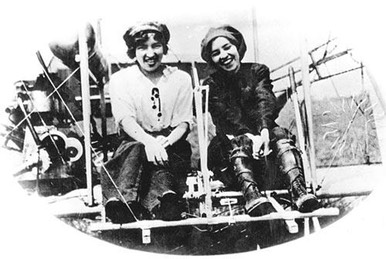
The control tower was added to the original structure and has continuously been improved to accommodate technological advancements. It uses the latest equipment for an airport of its size including radar for air traffic control within Stinson’s airspace.
Don’t just drive by this amazing facility; park your car and go inside. Walk through hallways and spend a few minutes looking at some incredible photographs dating back to 1915, including photographs of the Stinson sisters and the aircraft they flew. When you finish looking around inside, walk out onto the tarmac. There are a few benches where you can sit and watch the traffic on the runways taking off and landing. It is a great experience for the kids – kids of any age.
The Stinson Sisters (photo courtesy City of San Antonio)
The Texas Air Museum, located on airport property, is a small, but interesting, museum about the history of flight with thousands of artifacts. It is just a short drive from the main terminal building. John Tosh, a good friend and long-standing CAP member, is the museum’s founder, director, history aficionado, and an expert guide. There are many early aviation aircraft, including Katherine Stinson's Bleriot flying machine, which is the same model used by Louis Bleriot to fly over the English Channel for the first time in July 1909. Other exhibits include the Doolittle Raiders, the Tuskegee Airmen, John F. Kennedy, and, of course, the Stinson Family.
There is a small admission fee ($1 to $4). The museum is open Tuesday through Saturday from 10:00 am to 5:00 pm; closed on major holidays. School trips are also available. We suggest that if you are planning to visit during summer months, go early as it gets warm inside the hangar.
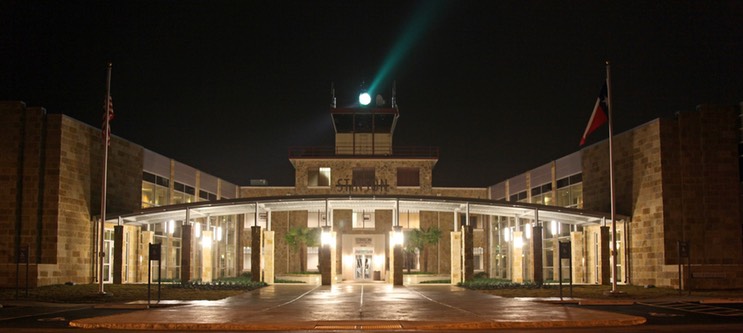
San Antonio has long been known as the “Birthplace of Military Aviation” and Stinson Field played a major role in that history. Stinson Field will have a year long celebration starting in August of this year (2014). 2015 will be the 100th birthday. Photo courtesy City of San Antonio.
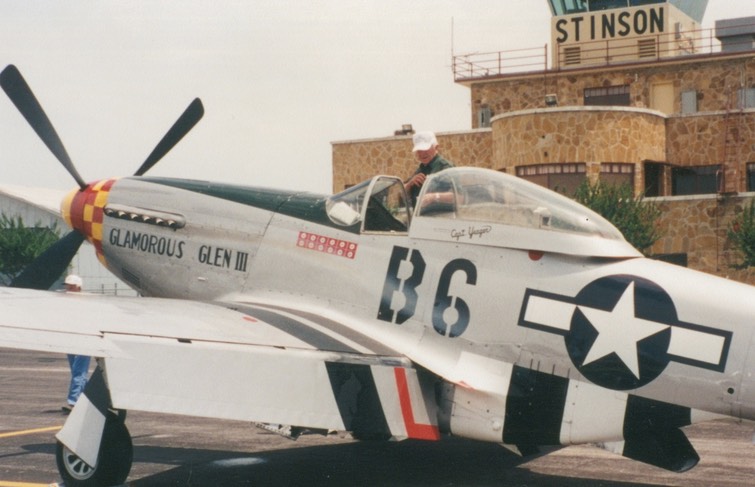
Chuck Yeager Flew into Stinson Numerous Times- this time was 2002
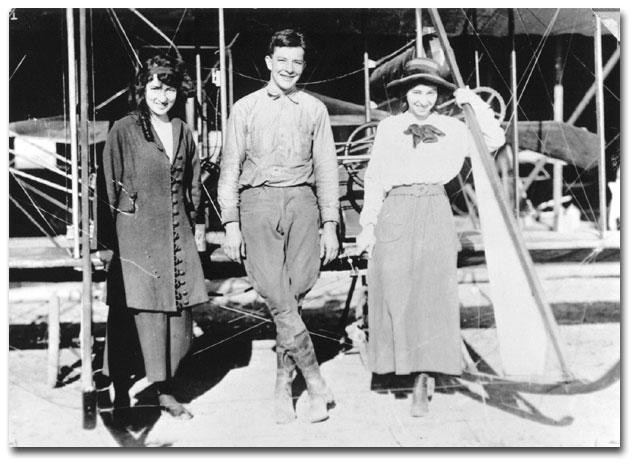
The Stinson Siblings (photo courtesy of City of San Antonio)
Stinson Municipal Airport
8535 Mission Road
San Antonio, Texas
Texas Air Museum
1234 99th St.
(210) 977-9885